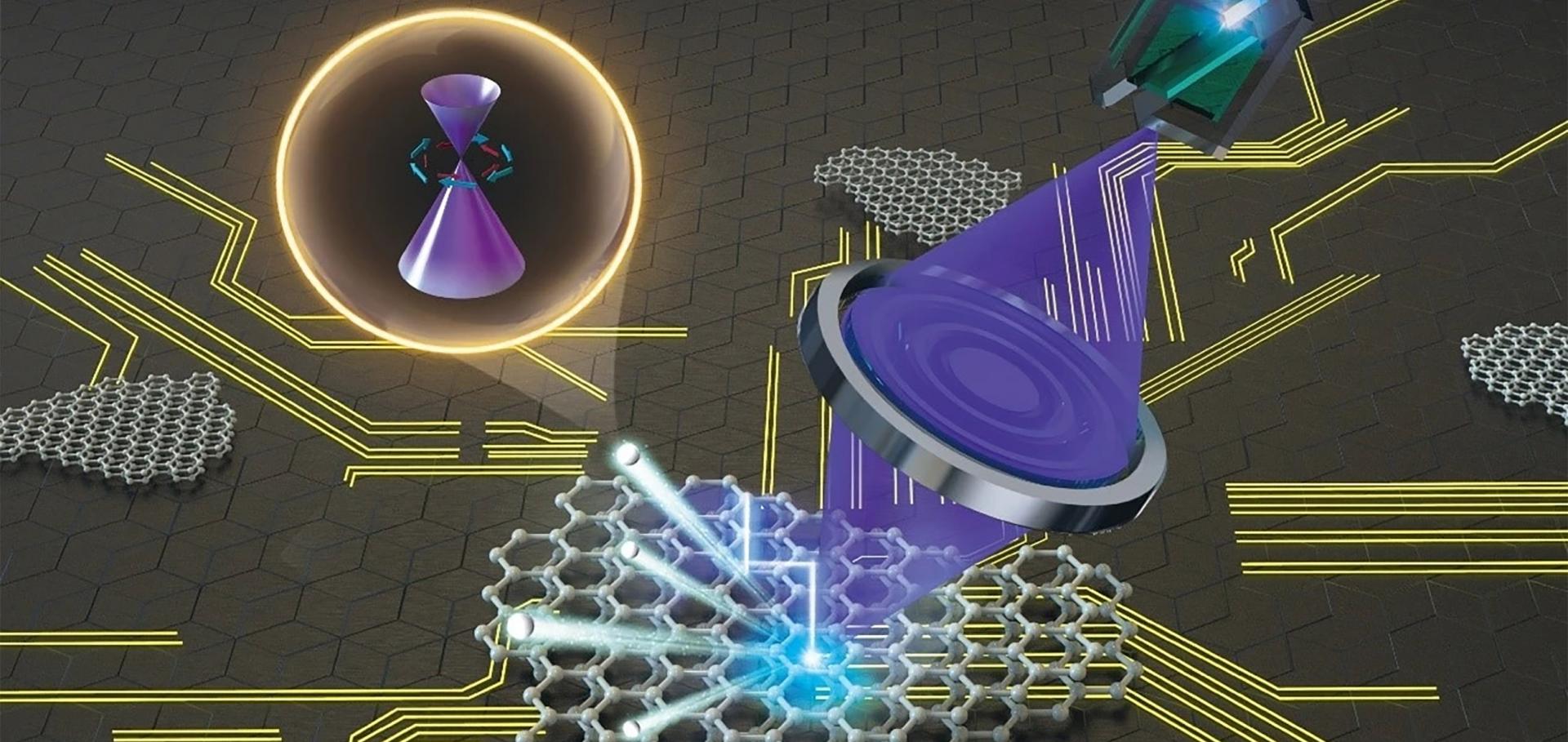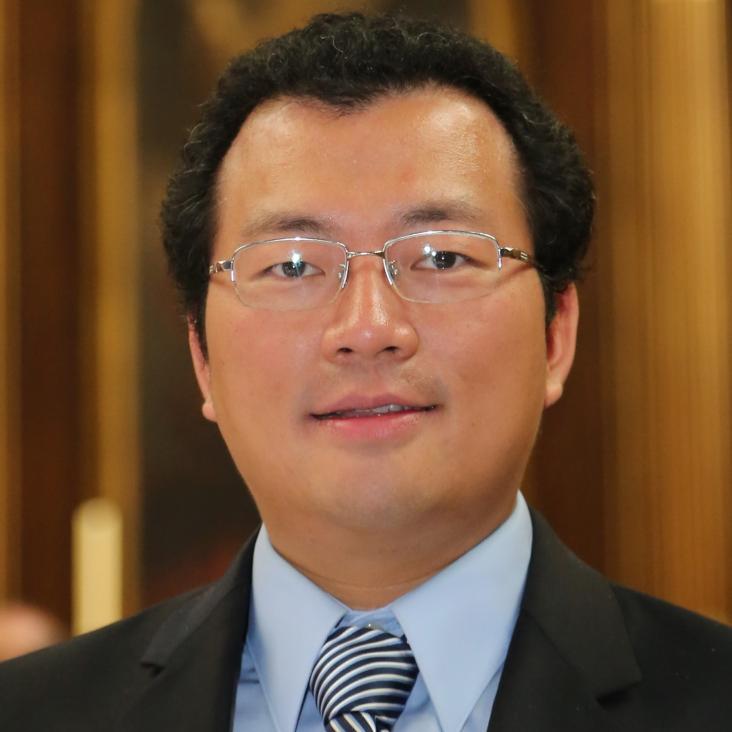Self-organized topological insulator heterostructures via eutectic solidification of Bi2Te3-Te
Next Materials Elsevier 5 (2024) 100252
Abstract:
Topological insulators (TI) are generating increasing interest as a new state of matter and due to the potential use of topologically- protected gapless surface states in spintronic devices and quantum computing. However, challenges such as high sensitivity to the atmosphere, the low surface-to-volume ratio, and the need for various material junctions currently limit their application. Here, a novel, natural and simple approach to the fabrication of volumetric TI heterostructures that can overcome these core challenges is presented, using the example of a Bi2Te3-Te eutectic composite. The proposed method based on directional solidification of eutectic composites, enables the formation of ensembles of parallel TI-other material heterojunctions through a self-organization process. It also offers control over the heterostructures’ dimensions/refinement. Electron microscopy techniques show that the heterostructure exhibits a lamellar/layered microstructure with atomically smooth Bi2Te3ǀǀTe interfaces. Angle-resolved photoelectron spectroscopy experiments confirm the existence of metallic surface states, while Kelvin probe force microscopy depicts the formed p-n junctions. The new degrees of freedom offered here, such as control of heterojunction chemical composition, packing density, and available fabrication techniques, may facilitate large-scale customized printing of topological devices.Pressure-tunable large anomalous hall effect in ferromagnetic metal LiMn6Sn6
Chinese Physics Letters IOP Publishing 41:5 (2024) 057302
Abstract:
Recently, giant intrinsic anomalous Hall effect (AHE) has been observed in the materials with kagome lattice. Here, we systematically investigate the influence of high pressure on the AHE in the ferromagnet LiMn6Sn6 with clean Mn kagome lattice. Our in situ high-pressure Raman spectroscopy indicates that the crystal structure of LiMn6Sn6 maintains a hexagonal phase under high pressures up to 8.51 GPa. The anomalous Hall conductivity (AHC) σ x y A remains around 150 Ω−1⋅cm−1, dominated by the intrinsic mechanism. Combined with theoretical calculations, our results indicate that the stable AHE under pressure in LiMn6Sn6 originates from the robust electronic and magnetic structure.Disorder-broadened phase boundary with enhancedamorphous superconductivity in pressurized In2Te5
Advanced Materials Wiley 36:27 (2024) 2401118
Abstract:
As an empirical tool in materials science and engineering, the iconic phase diagram owes its robustness and practicality to the topological characteristics rooted in the celebrated Gibbs phase law free variables (F) = components (C) – phases (P) + 2. When crossing the phase diagram boundary, the structure transition occurs abruptly, bringing about an instantaneous change in physical properties and limited controllability on the boundaries (F = 1). Here, the sharp phase boundary is expanded to an amorphous transition region (F = 2) by partially disrupting the long-range translational symmetry, leading to a sequential crystalline–amorphous–crystalline (CAC) transition in a pressurized In2Te5 single crystal. Through detailed in situ synchrotron diffraction, it is elucidated that the phase transition stems from the rotation of immobile blocks [In2Te2]2+, linked by hinge-like [Te3]2− trimers. Remarkably, within the amorphous region, the amorphous phase demonstrates a notable 25% increase of the superconducting transition temperature (Tc), while the carrier concentration remains relatively constant. Furthermore, a theoretical framework is proposed revealing that the unconventional boost in amorphous superconductivity might be attributed to an intensified electron correlation, triggered by a disorder-augmented multifractal behavior. These findings underscore the potential of disorder and prompt further exploration of unforeseen phenomena on the phase boundaries.Proximity-effect-induced superconductivity in a van der Waals heterostructure consisting of a magnetic topological insulator and a conventional superconductor
Physical Review B American Physical Society 109:14 (2024) L140503
Abstract:
Nontrivial topological superconductivity has received enormous attention due to its potential applications in topological quantum computing. The intrinsic issue concerning the correlation between a topological insulator and a superconductor is, however, still widely open. Here, we systemically report an emergent superconductivity in a cross junction composed of a magnetic topological insulator MnBi2Te4 and a conventional superconductor NbSe2. Remarkably, the interface indicates the existence of a reduced superconductivity at the surface of NbSe2 and a proximity-effect-induced superconductivity at the surface of MnBi2Te4. Furthermore, the in-plane angular-dependent magnetoresistance measurements unveil distinctive features indicative of unconventional pairing symmetry in these superconducting gaps. Our findings extend our views and ideas of topological superconductivity in the superconducting heterostructures with time-reversal symmetry breaking, offering an exciting opportunity to elucidate the cooperative effects on the surface state of a topological insulator aligning a superconductor.Proximity-effect-induced superconductivity in a van der Waals heterostructure consisting of a magnetic topological insulator and a conventional superconductor
Physical Review B American Physical Society (APS) 109:14 (2024) l140503


